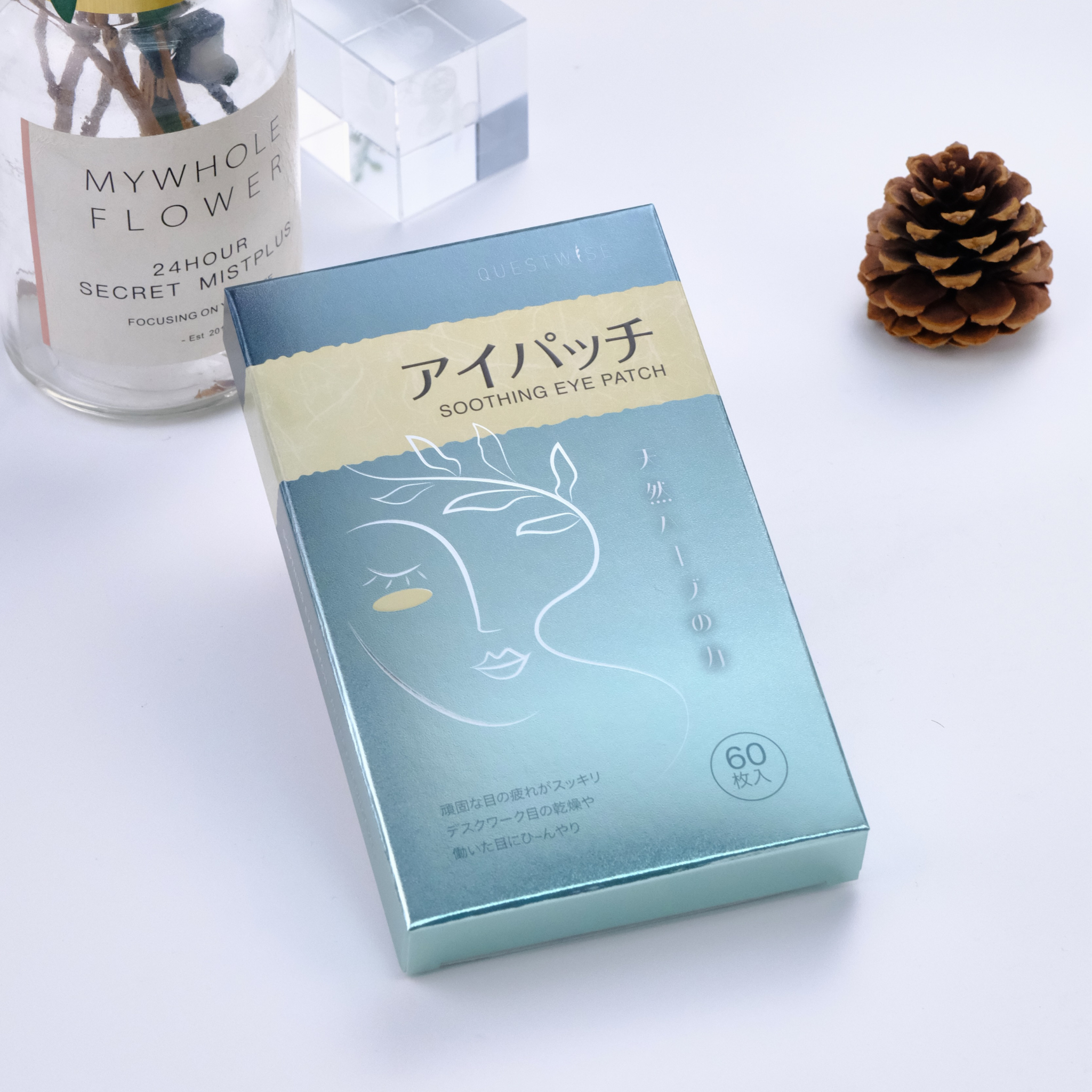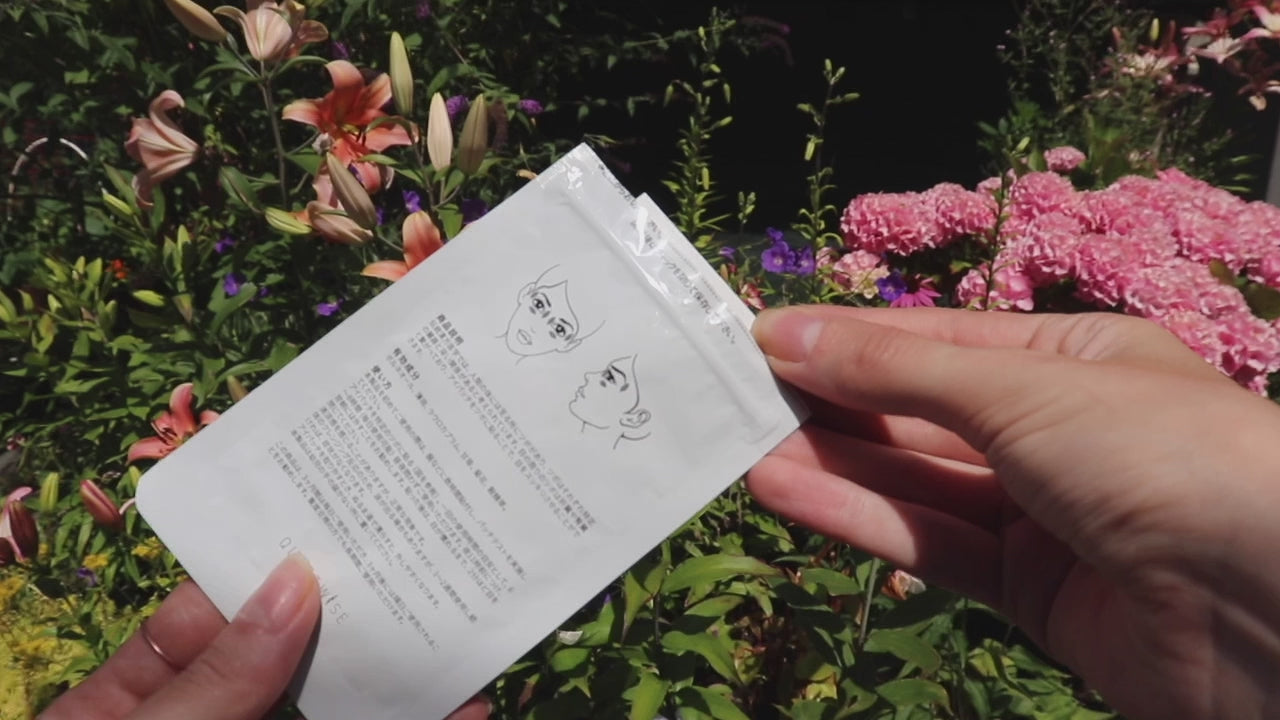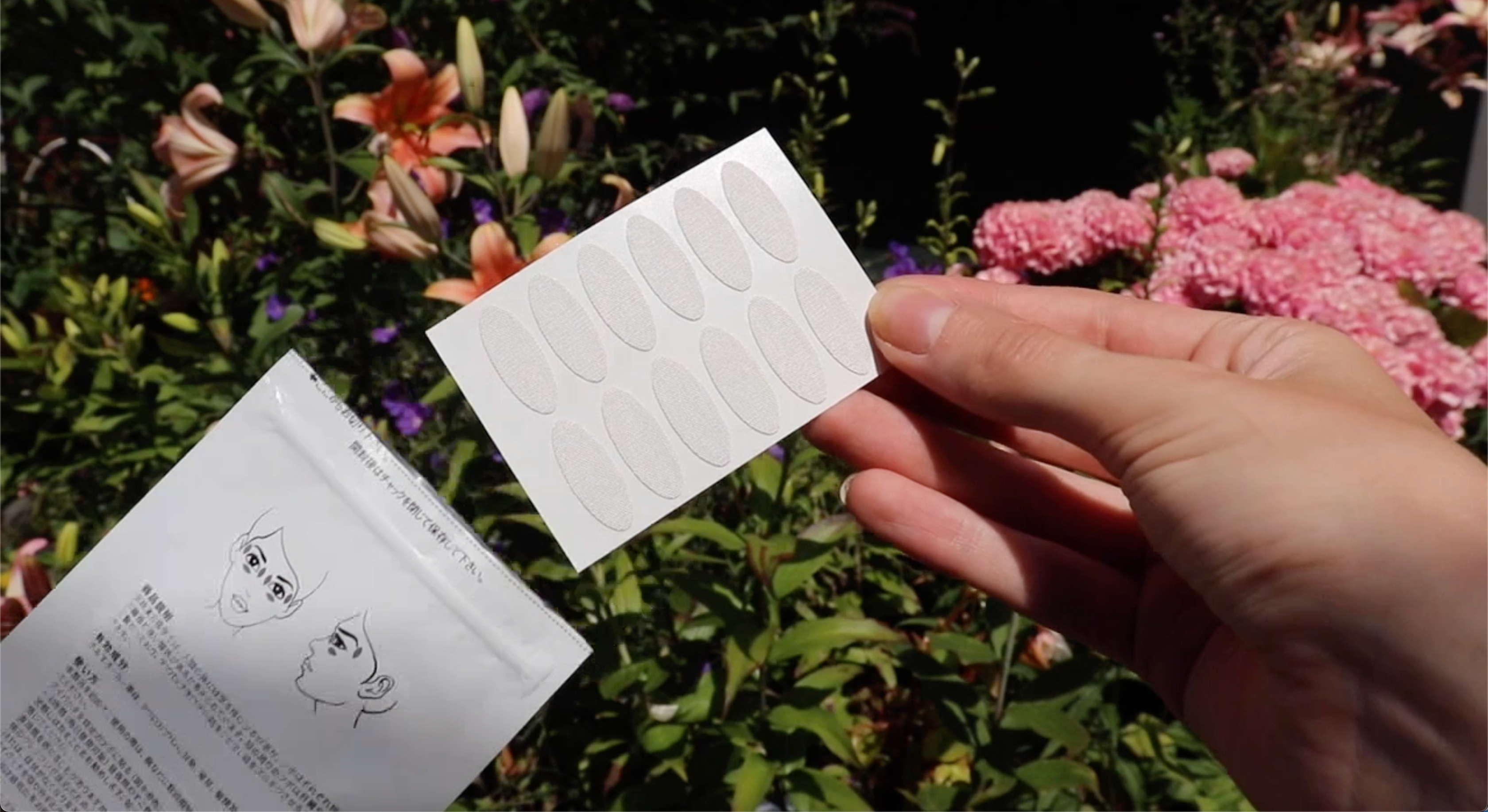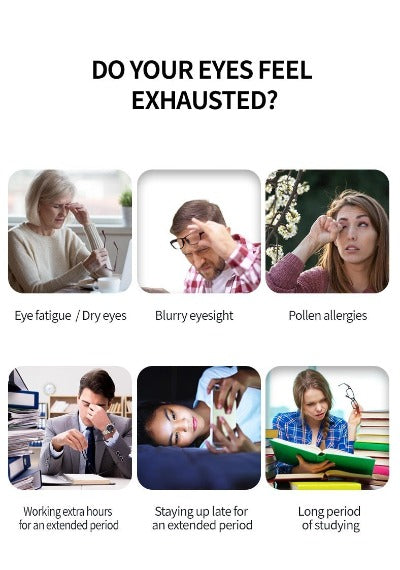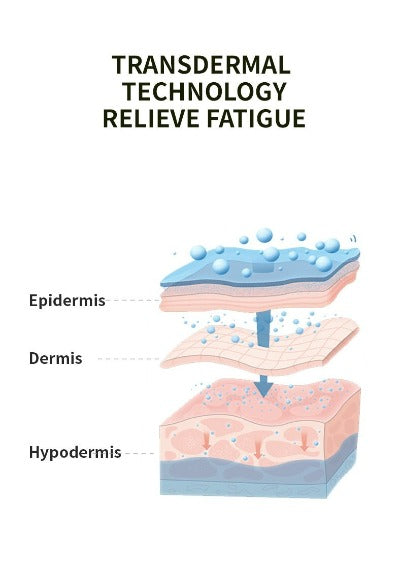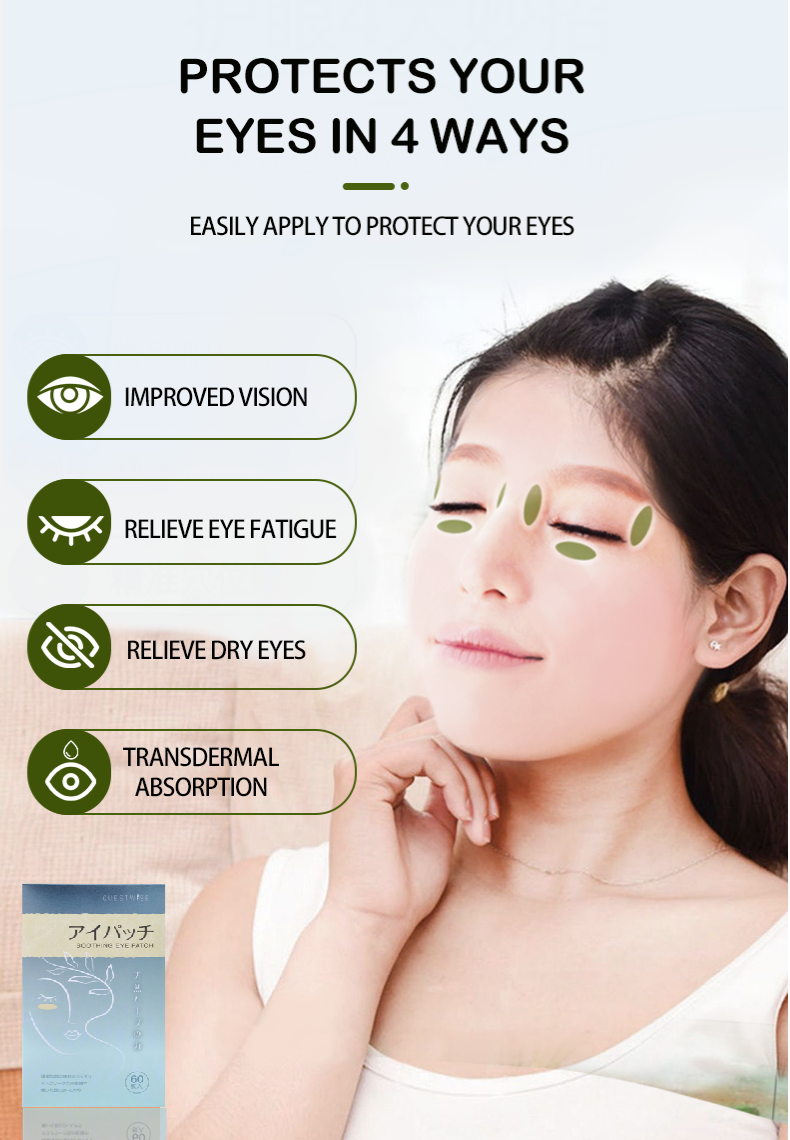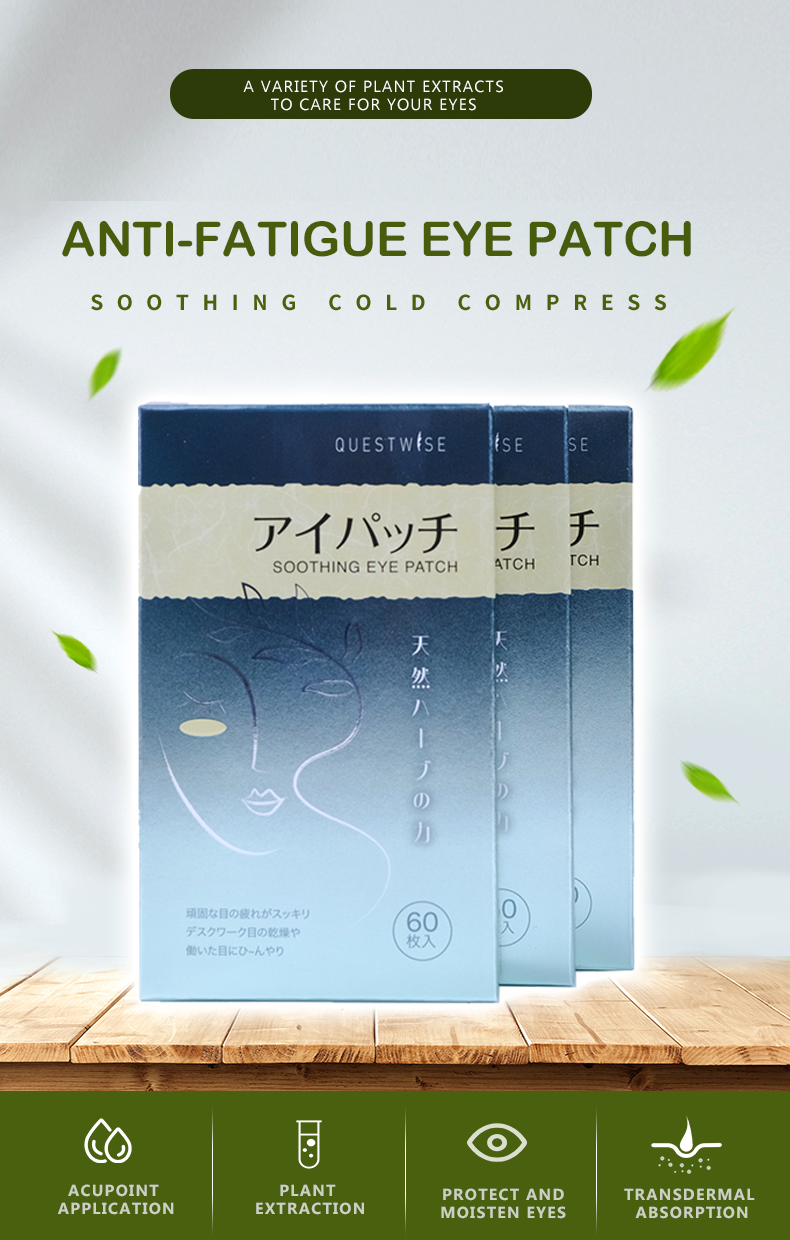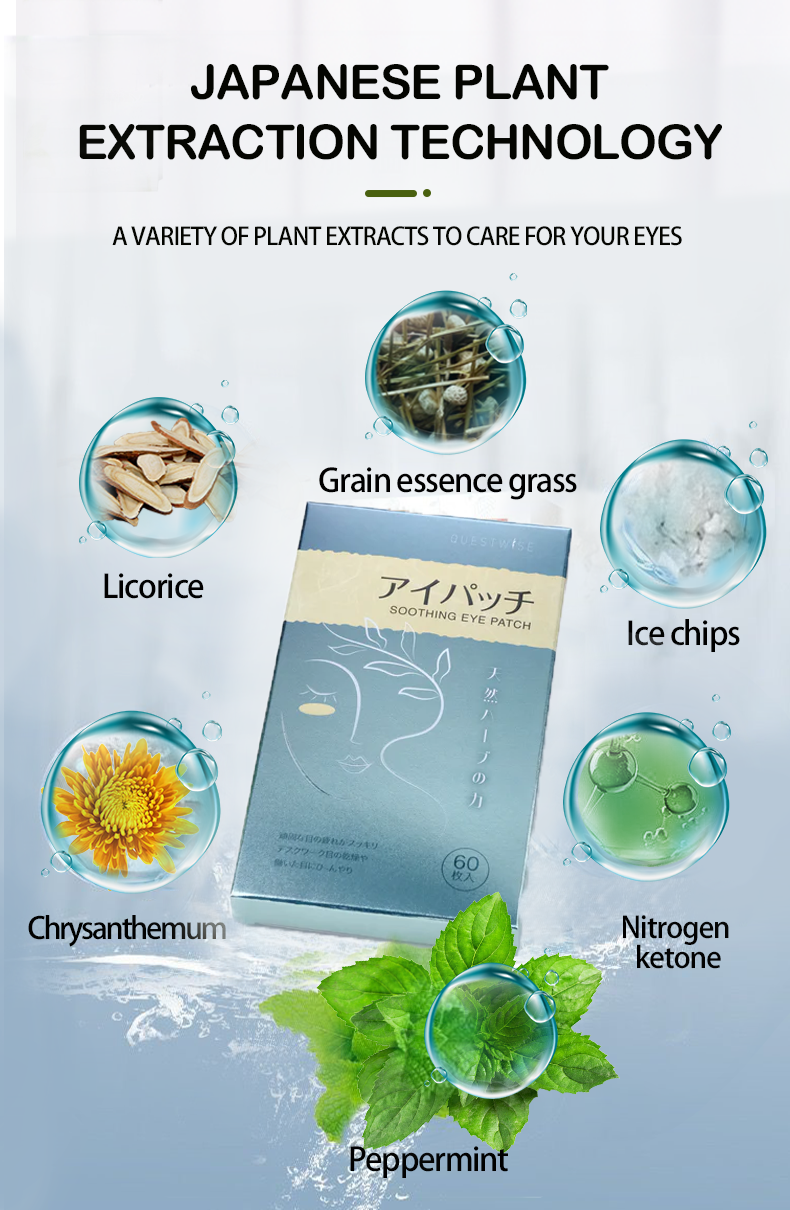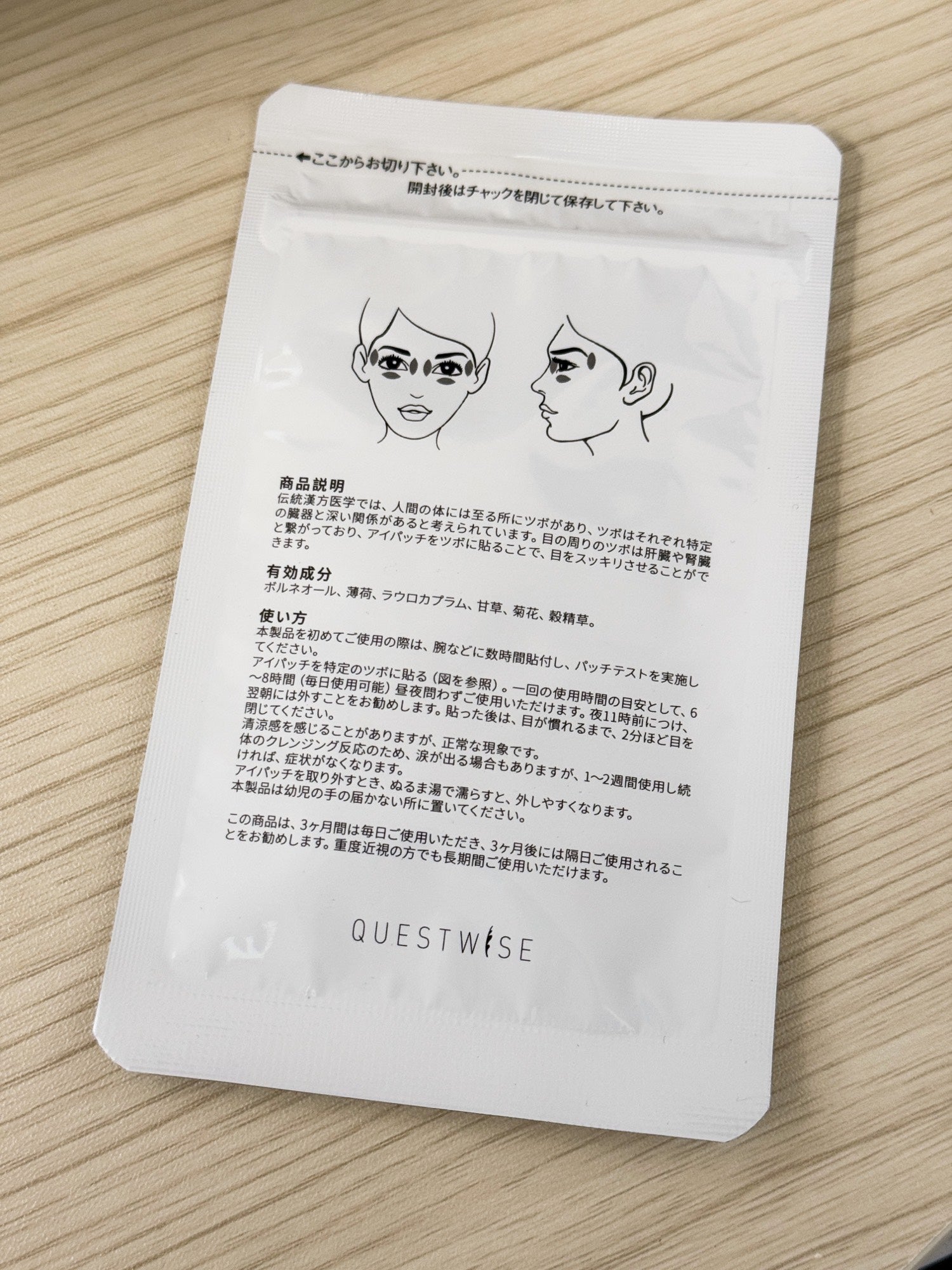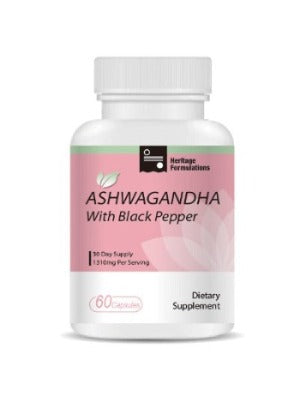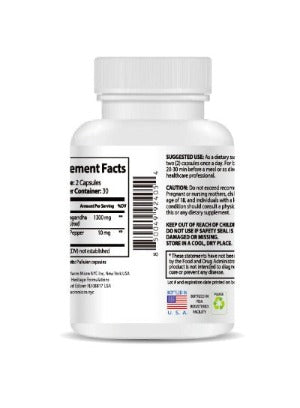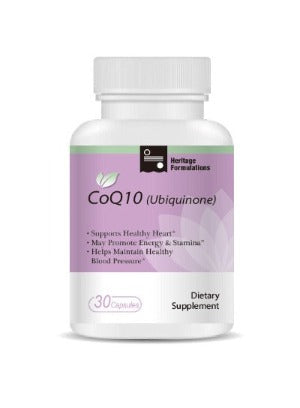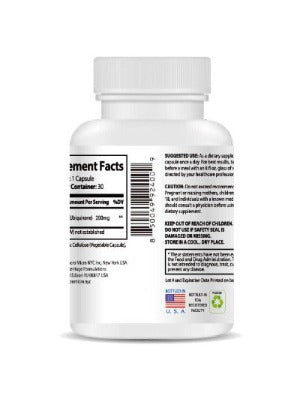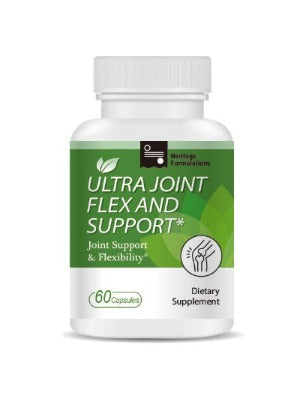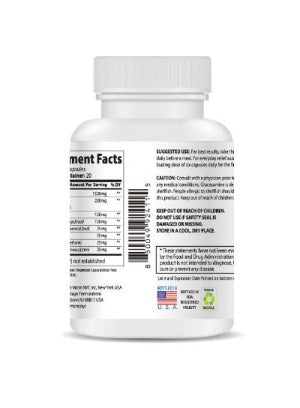MGD: The Hidden Cause Behind Red, Irritated Eyes
If you wear contact lenses and often end your day with red, irritated eyes that feel like they’ve been through a sandstorm, you’re not alone. Dry eye syndrome affects 60% of contact lens wearers—a risk four times higher than the general population’s 14-33%, according to studies. The culprit? Meibomian Gland Dysfunction (MGD), a sneaky condition that disrupts your eyes’ natural moisture balance, leading to grittiness, burning, and even blurred vision. Left untreated, MGD can escalate to serious issues like corneal infections, costing $1,000-$3,000 to treat, or vision correction surgeries up to $5,000. What makes MGD so common among contact lens users, and how can you protect your eyes? This guide dives into the science of MGD, the dangers of ignoring dry eye symptoms, and practical solutions to keep your eyes comfortable and healthy—because clear, irritation-free vision is within your reach.
What Is MGD, and Why Does It Affect Contact Lens Wearers?
Meibomian Gland Dysfunction (MGD) is the leading cause of dry eye syndrome, and it’s especially prevalent among the 140 million contact lens wearers worldwide. While 14-33% of the general population experiences dry eyes, a staggering 60% of contact lens users face this issue—up to four times the risk. Understanding MGD is key to tackling those red, irritated eyes that plague your daily routine.
The Science of MGD and Dry Eyes
Your eyes rely on a tear film—a delicate mix of water, oils, and mucus—to stay lubricated and protected. The oily layer, produced by meibomian glands in your eyelids, prevents tears from evaporating too quickly. MGD occurs when these glands become blocked or don’t produce enough oil, causing tears to dry up faster. Contact lenses amplify this problem in two critical ways:
-
Reduced Blink Rate: You normally blink about 15 times per minute, spreading tears evenly across your eyes. Contacts can cut this to just 5 blinks, disrupting tear distribution and worsening dryness.
-
Corneal Oxygen Deprivation: Lenses limit oxygen flow to the cornea, stressing the eye surface and exacerbating MGD-related irritation.
For contact lens wearers, especially those wearing lenses for 8+ hours daily, this creates a vicious cycle: less blinking, less oil, and more irritation. The result? Eyes that feel gritty, red, and uncomfortable, making everything from work to socializing a challenge.
Symptoms of MGD-Driven Dry Eyes
MGD manifests through a range of symptoms that can disrupt your life:
-
Redness and Irritation: Bloodshot eyes or a constant urge to rub them.
-
Gritty or Burning Sensation: A feeling like sand or fire in your eyes.
-
Blurred Vision: Difficulty focusing, particularly after prolonged lens wear.
-
Floaters or Light Sensitivity: Seeing specks or struggling with bright lights.
These symptoms aren’t just annoying—they’re a warning sign. Without action, MGD can lead to chronic dry eye, increasing the risk of complications that affect both your vision and your wallet.
The Serious Risks of Untreated MGD
MGD isn’t just about temporary discomfort; it’s a progressive condition that worsens over time, especially for contact lens wearers. Ignoring those red, irritated eyes can lead to significant consequences:
-
Corneal Infections: Chronic dryness can inflame the cornea, raising the risk of infections. Treatments cost $1,000-$3,000, from medications to specialist visits, with severe cases requiring hospitalization.
-
Vision Complications: Persistent MGD may contribute to floaters or pseudo-myopia, impacting clarity and focus, particularly in younger wearers who overuse contacts.
-
Daily Life Disruption: Red, gritty eyes can undermine confidence in meetings, make studying harder, or turn simple tasks like driving into a struggle.
The financial and emotional toll is real. Consider Emma, a 29-year-old marketing manager in New York. She wore contacts for 12 hours daily, dismissing her irritated eyes as “part of the deal.” “The redness was embarrassing,” she says. “I didn’t realize blurry vision was slowing my work until it got bad.” Similarly, Robert, a 38-year-old engineer in Denver, found his dry eyes made long hours at the computer unbearable. “I was scared of needing expensive treatments,” he admits. These stories show why addressing MGD early is crucial—not just for comfort but to avoid thousands in medical bills.
Artificial tears, a common fix, often fall short. Many contain preservatives that can worsen irritation with long-term use, offering only temporary relief without tackling MGD’s root cause: a dysfunctional tear film. So, how can you break free from this cycle?
Practical Solutions to Manage MGD and Dry Eyes
You don’t have to live with red, irritated eyes as a contact lens wearer. With science-backed strategies, you can prevent MGD symptoms, relieve discomfort, and protect your vision. Here’s how to take control.
Preventing MGD and Dry Eye Symptoms
If you’re proactive about eye health and want to avoid MGD before it starts, these habits can make a difference:
-
Choose High-Oxygen Lenses: Silicone hydrogel lenses allow more oxygen to reach your cornea, reducing dryness and MGD risk.
-
Limit Lens Wear: Cap contact use at 8 hours daily. Remove lenses during naps or breaks to let your eyes recover.
-
Blink Consciously: Blink every few seconds, especially during focused tasks, to maintain tear flow and support meibomian gland function.
-
Stay Hydrated: Drink 8-10 glasses of water daily to bolster tear production and overall eye health.
-
Use Natural Relief: Products like WiseQuest Herbal Eye Patches, crafted with chrysanthemum, mint, and licorice, offer a preservative-free way to nourish your eyes and prevent MGD symptoms, keeping your vision comfortable.
Relieving MGD-Driven Dry Eye Symptoms
If you’re already dealing with redness, grittiness, or blurred vision, these targeted strategies can help:
-
Apply Warm Compresses: Use a warm, damp cloth for 5-10 minutes daily to unclog meibomian glands and boost tear film oils.
-
Avoid Environmental Triggers: Stay away from smoky rooms, dry climates, or heavy air conditioning, which aggravate MGD symptoms.
-
Ditch Preservative-Heavy Eye Drops: These can worsen irritation over time. Instead, consider natural solutions like WiseQuest Herbal Eye Patches to soothe redness and discomfort caused by contacts.
-
Consult an Eye Specialist: If symptoms persist, visit an optometrist to assess MGD severity or rule out other conditions.
Real-Life Success Stories
These strategies have changed lives for contact lens wearers:
-
Emma, 29, New York: “High-oxygen lenses and natural eye care products stopped my eyes from looking red. I’m confident in meetings again.”
-
Robert, 38, Denver: “Warm compresses and natural relief ended my gritty eye feeling. I’ve saved on treatments and feel great.”
-
Lily, 24, Portland Student: “MGD made studying a struggle. Better lens habits and natural solutions cleared my vision and boosted my grades.”
These solutions work because they target MGD’s core issue—meibomian gland dysfunction and tear film imbalance—helping you avoid complications and maintain eye health.
Why WiseQuest Is a Top Choice
For contact lens wearers seeking a natural way to combat MGD and dry eyes, WiseQuest Herbal Eye Patches are a standout option. Made in Japan with an 86% user satisfaction rate, these patches harness chrysanthemum (antioxidants), mint (anti-inflammatory), and licorice (circulation-boosting) to support eye comfort. At just $3 a day—less than your morning coffee—WiseQuest offers a preservative-free alternative to artificial tears, trusted by millions worldwide.
Take Control of Your Eye Health Now
MGD, the hidden cause behind red, irritated eyes, affects 60% of contact lens wearers—four times the risk of others. Don’t let dry eye symptoms or the threat of $3,000 treatments hold you back. With simple habits and natural solutions like WiseQuest Herbal Eye Patches, you can keep your eyes comfortable and your vision sharp. Ready to start? Try a $5 trial pack or grab a $30 10-day pack with a 30-day money-back guarantee at wisequest.com. Protect your eyes today—because clear vision is worth it!


